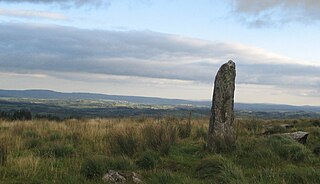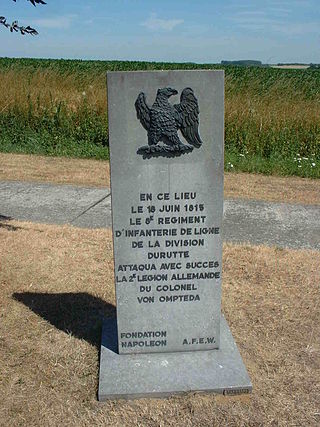An obelisk is a tall, four-sided monument.
Contents
Obelisk may also refer to:
An obelisk is a tall, four-sided monument.
Obelisk may also refer to:
Terminal may refer to:
A dagger, obelisk, or obelus† is a typographical mark that usually indicates a footnote if an asterisk has already been used. The symbol is also used to indicate death or extinction. It is one of the modern descendants of the obelus, a mark used historically by scholars as a critical or highlighting indicator in manuscripts. In older texts, it is called an obelisk.

An obelisk is a tall, four-sided, narrow tapering monument which ends in a pyramid-like shape or pyramidion at the top. Originally constructed by Ancient Egyptians and called tekhenu, the Greeks used the Greek term obeliskos to describe them, and this word passed into Latin and ultimately English. Though William Thomas used the term correctly in his Historie of Italie of 1549, by the late sixteenth century, Shakespeare failed to distinguish between pyramids and obelisks in his plays and sonnets. Ancient obelisks are monolithic and consist of a single stone; most modern obelisks are made of several stones.

Lincoln National Park is a protected area in the Australian state of South Australia located about 249 kilometres (155 mi) west of the state capital of Adelaide and about 9.5 kilometres (5.9 mi) south of the municipal seat of Port Lincoln. It consists of a mainland area on the Jussieu Peninsula on the south eastern tip of Eyre Peninsula and a number of nearby islands. The national park contains significant sites of natural, indigenous and early European heritage.
Murray may refer to:

A menhir, standing stone, orthostat, or lith is a large upright stone, emplaced in the ground by humans, typically dating from the European middle Bronze Age. They can be found individually as monoliths, or as part of a group of similar stones. Menhirs' size can vary considerably, but they often taper toward the top.

A monolith is a geological feature consisting of a single massive stone or rock, such as some mountains. Erosion usually exposes the geological formations, which are often made of very hard and solid igneous or metamorphic rock. Some monoliths are volcanic plugs, solidified lava filling the vent of an extinct volcano.

A stele, or occasionally stela when derived from Latin, is a stone or wooden slab, generally taller than it is wide, erected in the ancient world as a monument. The surface of the stele often has text, ornamentation, or both. These may be inscribed, carved in relief, or painted.
BlackRock is a global investment management firm.
Breaker may refer to:

Obelism is the practice of annotating manuscripts with marks set in the margins. Modern obelisms are used by editors when proofreading a manuscript or typescript. Examples are "stet" and "dele".
A wedge is a triangular-shaped simple machine.

St. Kliment Ohridski Base is a Bulgarian Antarctic base on Livingston Island in the South Shetland Islands.
A monolith is a monument or natural feature consisting of a single massive stone or rock.

The Luxor Obelisks are a pair of ancient Egyptian obelisks, over 3,000 years old, carved to stand either side of the portal of the Luxor Temple in the reign of Ramesses II. The right-hand (western) stone, 23 metres (75 ft) high, was moved in the 1830s to the Place de la Concorde in Paris, France, while the left-hand (eastern) obelisk remains in its location in Egypt.

Killiney Hill is the southernmost of the two hills which form the southern boundary of Dublin Bay, the other being Dalkey Hill. These two hills form part of Killiney Hill Park.

Cleopatra's Needle in London is one of a pair of obelisks, together named Cleopatra's Needles, that were moved from the ruins of the Caesareum of Alexandria, in Egypt, in the 19th century. Inscribed by Thutmose III and later Ramesses II of the Egyptian New Kingdom, the obelisk was moved in 12 BC to Alexandria, where it remained for over 1,800 years.
An obelus is a term in codicology and latterly in typography that refers to a historical annotation mark which has resolved to three modern meanings: